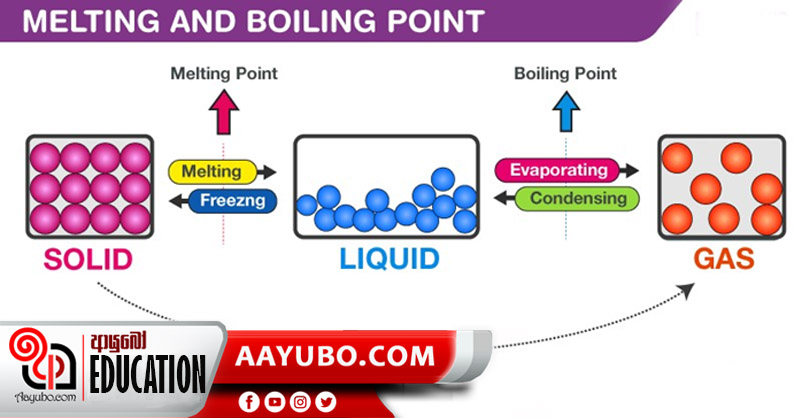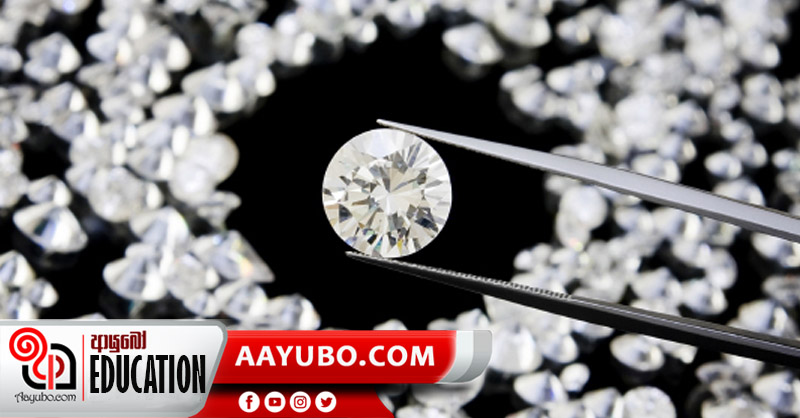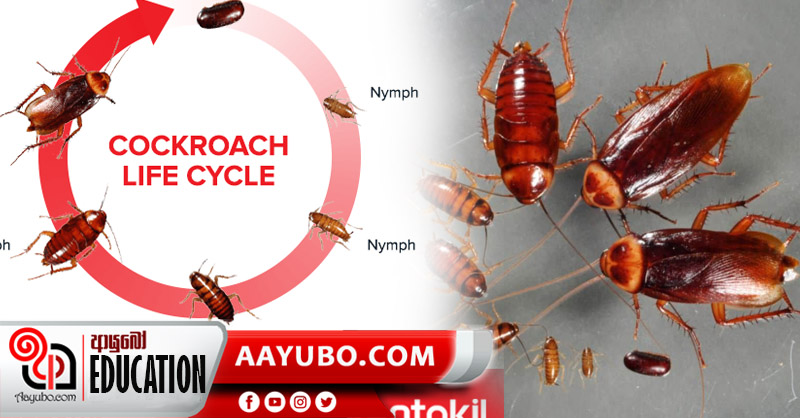Grade 8 Geography : Solar System - Part 9 (Uranus)

This is an ice giant planet that is mainly made of hydrogen, helium and ice particles. The upper atmosphere that contains water, ammonia, methane and ice crystals makes the planet appear with a shade of blue. Uranus possesses twenty seven natural satellites and Miranda is one of those. This is deemed as the coldest planet in the solar system that is considered as the seventh planet from the sun when the distance is considered. Furthermore, the temperature of this planet can be as low as -2240C (-3710F).
Uranus has 13 dark rings and it is believed that they are quite young. Out of these, the inner rings are dark and narrow while the outer rings appear bright and colorful. It takes eighty four earth years to finish one round (revolution) around the sun. However, it takes around seventeen hours to complete one rotation around its own axis. The planet is tilted at 980 and it should be noted that this has made it to rotate on its side. Thus, unlike in the case of other planets in the solar system, the sun does not rise and set in the same way in Uranus.
The north pole of the planet points at the sun for half of the year (twenty four earth years) while its South Pole points at the sun during the other half of the year. Thus, each of its hemispheres experience day and night that last for 42 earth years. This is also the lightest planet out of the gas giants of the solar system. There also exist quite powerful winds that blow across the planet and may sometimes form violent storms. When the density is considered, it ranks second among the eight planets of the solar system. Did you know that this was the first planet that was discovered through a telescope? Interesting isn’t it? Also, just like Venus, this planet rotates from east to west.
by Mekhala Egodawele
Photo source : Internet
381 Views








Comments